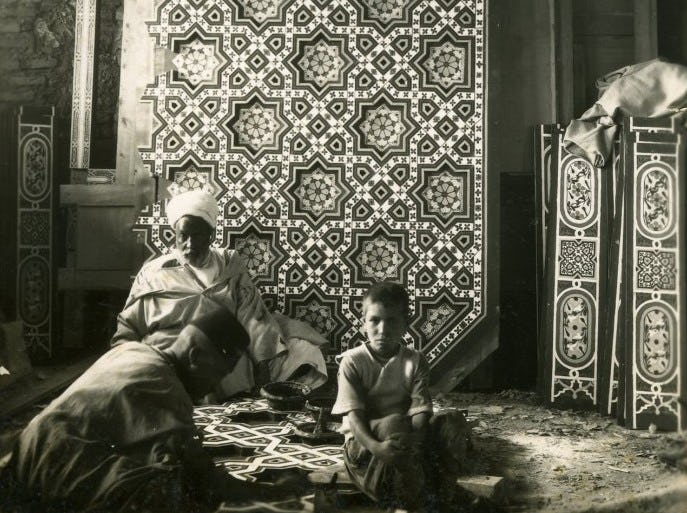Carved Wooden Door with Niche-Shaped Ivory Panels with Floral Motifs
Date18th-19th century
PeriodBritish India/Princely States
MediumWood, ivory, enamel, pigments, mica, metal hardware
DimensionsEach door: 84 3/4 x 22 1/2 x 5 in. (215.3 x 57.2 x 12.7 cm)
ClassificationsWoodwork
Credit LineCourtesy of the Doris Duke Foundation for Islamic Art
Object number64.34a-b
DescriptionThis set of double doors is set with ivory panels in the shape of a multi-cusped arch. The panels form rows of six-petaled flowers, inlaid with ivory and mica. These doors were created in Gujarat, a state on the western coast of India. As early as the 1400s, Gujarat was the center of wood carving in India. This traditional craft was incorporated into every element of architecture, including facades, balconies, doors ,and columns. During the rule of the Mughal dynasty, local traditions were absorbed into the Mughal aesthetic. For example, the semicircular, cusped arches (seen in the silhouette of this door panel) found in Gujarat and Delhi were incorporated into Mughal architecture.On View
On viewCollections
18th - 19th century
Dated 1271 AH (1854-1855 CE)
19th - 20th century
19th - 20th century














